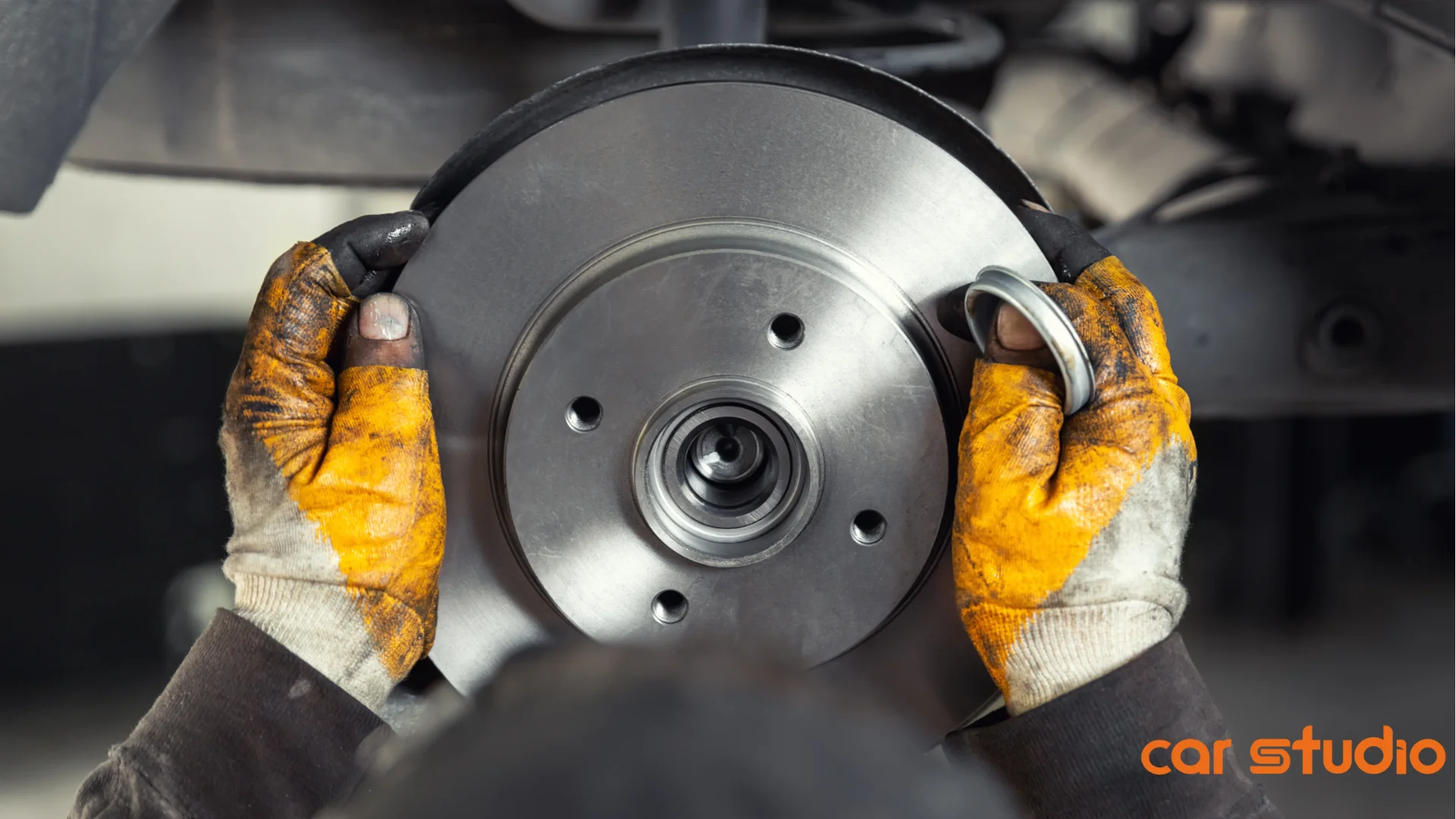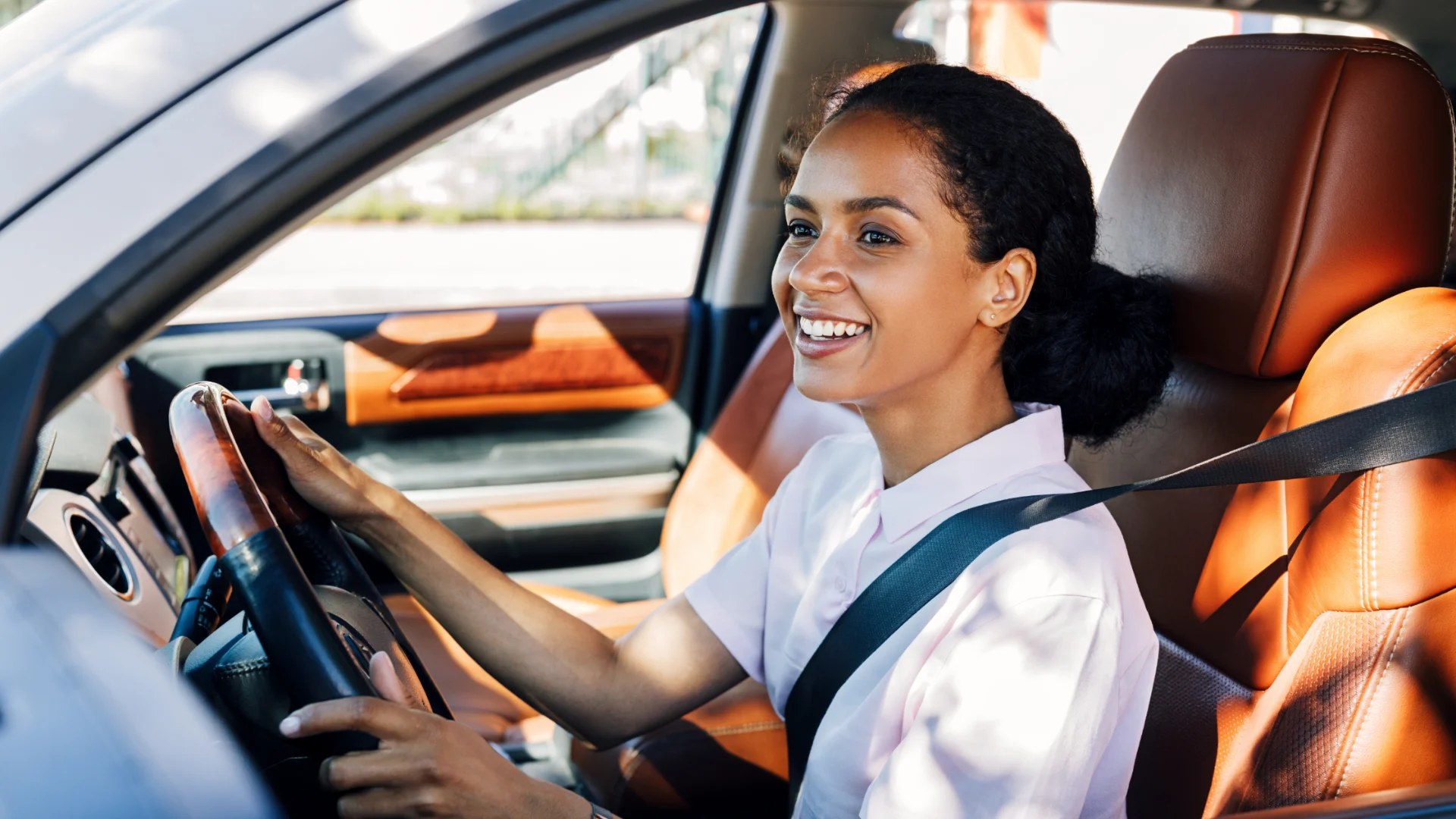
Maintaining Brand DNA with AI: The New Standard for Visual
Maintaining Brand DNA with AI: The New Standard for Visual Consistency
I still remember the first time I realized how much visuals shape our perception of a car brand. It wasn’t at an auto show or in a glossy magazine it was while scrolling through used-car listings on a random Tuesday night. Some vehicles immediately caught my attention; they looked trustworthy, almost elegant, even when they were five years old. Others felt inconsistent different lighting, odd backgrounds, mismatched tones and suddenly the cars felt... cheaper. That’s when it hit me: visual consistency isn’t decoration; it’s communication.
Today, as digital storefronts become just as crucial as physical ones, this truth matters more than ever. And nowhere is this shift more evident than in the automotive industry, where every pixel reflects a brand’s identity, heritage, and promise.
In this new era, maintaining brand DNA visually across thousands of photos, dealers, and markets has become a monumental challenge. But AI has stepped in, transforming what once required entire teams of photographers and editors into something that can now be scaled intelligently and automatically.
Why Visual Consistency Matters More Than Ever
Visual consistency in automotive branding isn’t just about aesthetics. It’s about trust, recognition, and reliability. Think about the calm, confident blue of a BMW background image or the warm metallic reflections you always see in a Porsche ad. These aren’t coincidences they’re engineered signals that say, “This is who we are.”
Consistent, high-quality visuals do three powerful things:
Build recognition. Much like logos or color palettes, uniform imaging helps brands carve a distinct identity in a saturated market.
Enhance credibility. When every photo feels polished and coherent, customers subconsciously associate the same quality with the vehicle itself.
Boost engagement. Studies consistently show that professional, consistent imagery drives higher click-through rates and faster sales cycles.
But achieving this level of harmony across every dealership, photographer, and regional website is no small feat. Lighting conditions, camera gear, editing software even the mood of the person behind the lens can break visual uniformity.
That’s why leading OEMs and dealers are turning to AI tools like those from Car Studio AI, which enable brands to automate visual enhancement and standardization at scale.
How AI is Rewriting Automotive Visual Standards
When you look closely at the latest AI-enhanced vehicle photos, it’s astonishing how naturally they blend art and precision. Technologies pioneered by Car Studio AI can transform a photo taken in a parking lot into a studio-quality image complete with balanced lighting, true-to-brand colors, and seamless reflections.
This transformation isn’t just about filters or background swaps. It’s about preserving brand DNA through image consistency. Every brand has a visual fingerprint the way its shadows fall, how its chrome reflects light, how its palette evokes emotion. With AI, these micro-details can be codified and replicated thousands of times with near-perfect accuracy.

In fact, as highlighted in AI Car Image Consistency and Automotive Sales, consistent imagery doesn’t just look better it sells better. Dealerships using automated image correction tools have seen up to 30% higher engagement rates and significantly faster turnover in online listings.
From Manual Editing to Scalable Intelligence
Before AI, creating this consistency required human labor: professional photo studios, lighting kits, skilled retouchers. That meant cost, time, and lots of coordination.
AI has flipped that equation. Now, with a few API calls or platform uploads, entire inventories can be processed overnight backgrounds unified, reflections softened, color tones balanced. It’s an evolution that doesn’t just improve output; it changes the economics of digital marketing.
For brands with global reach, this scalability is transformative. Whether a vehicle is photographed in Tokyo, Turin, or Texas, AI ensures that every image meets the same visual standard. That’s how Scaling OEM Visual Identity with AI Branding describes the shift: from fragmented visual ecosystems to a cohesive global identity, anchored in automation and brand-specific datasets.
The Human Side of AI Imagery
Now, you might wonder if AI is doing the work, what happens to human creativity? That’s a fair question.
The truth is, AI doesn’t eliminate creativity; it amplifies it. By taking over the tedious technical parts of image processing lighting correction, background cleanup, exposure balancing it frees humans to focus on creative direction. Instead of fixing images, designers can refine how a brand feels.
There’s something poetic about that balance. AI enforces discipline; humans add nuance. Together, they ensure that every image tells the same story but through different moods, contexts, and emotions.
I’ve personally seen dealerships that used to spend days retouching hundreds of photos now devote that time to storytelling crafting campaigns around lifestyle, innovation, and community. Their online galleries aren’t just consistent; they’re alive.
Case Studies: What Happens When AI Takes the Wheel
Let’s look at a few real-world transformations:
A leading European OEM integrated AI-based imagery workflows across 1,500 dealerships. The result? A 30% boost in engagement and a 24% reduction in sales cycle time.
A regional used-car marketplace used Car Studio AI’s automation to standardize its visual listings. Customer trust scores rose sharply, as did repeat visits proof that consistent visuals build credibility over time.
A premium electric brand used AI-driven color matching to ensure its vehicles looked identical across every regional site. It wasn’t just about aesthetics; it was about guaranteeing that “brand blue” meant the same thing everywhere on Earth.
These examples prove that visual consistency, once an aspiration, has now become a scalable reality.
Cost, Speed, and Sustainability
There’s another dimension to this shift efficiency. Traditional photo production can involve shipping cars, setting up studios, and hiring teams for lighting and retouching. AI reduces this entire workflow to digital commands, cutting costs by up to 80% and turnaround time by days or even weeks.
It’s also environmentally friendlier: fewer studio shoots mean lower energy consumption and transportation needs. When you think about it, AI isn’t just optimizing visuals it’s optimizing sustainability.
The Emotional Power of Consistency
Beyond the metrics and case studies, there’s something deeply human about why consistency matters.
Imagine walking into a dealership where every car is displayed in perfect harmony colors balanced, lighting elegant, every model equally showcased. Now imagine the same lineup online. When every image feels intentional, the brand feels trustworthy.

That’s not just perception; it’s psychology. Consistency subconsciously signals care. It says, “If we pay attention to how we show our cars, we’ll pay attention to how we build them too.”
In that sense, AI doesn’t just improve efficiency it builds emotional credibility.
The Future: AI as the Creative Partner, Not the Replacement
The future of automotive imagery will be hybrid part machine, part human. AI will handle the standardization, freeing creative teams to explore the artistic edges of brand storytelling.
Brands that master this balance will lead the next era of automotive marketing. They’ll use AI not as a tool for shortcuts, but as a creative partner that guarantees consistency while unlocking imagination.
And for consumers, that means every interaction from the first click to the final test drive will feel coherent, intentional, and unmistakably on-brand.
Conclusion: The Road Ahead
As we move forward, the integration of AI into brand management and digital marketing will shift from novelty to necessity. For automotive brands and dealerships, adopting these tools now isn’t just smart it’s strategic.
By ensuring high-quality visuals with minimal resources, AI not only preserves but enhances brand identity across all digital touchpoints. It’s the difference between keeping up with trends and setting the standards others follow.
To explore how AI can transform your automotive business, visit Car Studio AI where technology meets design to define the next chapter of visual marketing.
Because in the age of digital mobility, consistency isn’t just an advantage; it’s the new language of trust.
FAQs on AI and Visual Branding in the Automotive Industry
1. What is visual consistency in automotive branding?
Visual consistency is the foundation of a strong and memorable automotive brand. It refers to maintaining a uniform appearance across all the visual elements that represent a company from online car listings to advertising campaigns and showroom displays. In the automotive world, this means that every vehicle image, regardless of where or how it was captured, should align with the same visual tone, lighting balance, and stylistic direction.
When a brand achieves this harmony, it strengthens recognition and trust. Consumers may not consciously notice that every photo follows the same visual rules, but they feel it they perceive the brand as more polished, reliable, and premium. For example, when every Audi or Mercedes-Benz image follows consistent color tones and composition, it silently reinforces the brand’s promise of engineering precision and quality. AI-driven consistency ensures that even massive global brands can maintain that same standard across thousands of images, dealerships, and markets without human error or visual drift.

2. How does AI ensure visual consistency?
Artificial Intelligence achieves visual consistency by acting as both a technician and a stylist. It uses machine learning algorithms to analyze images and adjust them according to the brand’s predefined visual identity things like lighting balance, contrast, reflections, saturation, and background uniformity.
For example, an AI system like Car Studio AI learns what a “brand-approved” photo looks like. It understands the subtle patterns how shadows should fall under a vehicle, how glossy surfaces should reflect, what color temperature feels right for that specific brand. Then, it applies these learned standards automatically to every uploaded image.
AI corrects imperfections such as uneven lighting, distracting backgrounds, or inconsistent color tones, transforming ordinary dealership photos into cohesive, high-quality visuals that look like they were shot in the same studio. This process ensures that even if two cars are photographed in completely different environments one outdoors on a cloudy day and another inside a dim showroom they’ll end up looking perfectly aligned with the brand’s style guide.
3. What are the benefits of using AI for car dealerships?
For car dealerships, AI is not just a convenience it’s a competitive advantage. Traditionally, producing high-quality and consistent car images required professional photographers, expensive studio setups, and lengthy editing cycles. AI dramatically reduces that dependency by automating and accelerating every part of the process.
The benefits are both operational and psychological. On the operational side, dealerships can process hundreds of vehicle photos in hours rather than days. They save money on photography costs and significantly reduce the time it takes to list cars online. Faster listings mean faster leads and faster sales.
On the psychological side, customers browsing a dealer’s website are far more likely to engage when every image feels consistent, professional, and trustworthy. A single inconsistent photo with odd lighting or mismatched background can disrupt that trust. AI helps maintain a consistent brand impression across every listing, creating a smoother, more premium customer experience.
In essence, AI allows dealerships to look like top-tier brands, regardless of their size or resources.
4. Can AI replace professional photographers in automotive marketing?
Not entirely and that’s an important distinction. AI doesn’t replace human creativity; it elevates it. While AI can automate the repetitive and technical parts of image production like correcting colors, adjusting shadows, or removing backgrounds professional photographers bring something AI can’t replicate: emotion, artistry, and narrative intent.
For high-end campaigns, concept shoots, and lifestyle branding where emotion, story, and human perspective matter professional photographers remain irreplaceable. Their work gives the brand soul.
However, when it comes to standardized imagery the thousands of product photos needed for dealership websites, inventory management, and digital marketplaces AI is far superior in speed, cost, and reliability. It ensures that every vehicle photo, from hatchback to SUV, follows the same visual standards without the need for constant manual oversight.
Think of it as a partnership: photographers create the visual language; AI ensures that language is spoken fluently and consistently across every channel.
5. How do dealerships get started with AI for enhancing car images?
Getting started with AI imagery tools is surprisingly straightforward. Most modern AI platforms such as Car Studio AI are designed to integrate directly into existing dealership management systems (DMS) or photo workflows. This means dealerships don’t need to overhaul their infrastructure or hire new teams; they simply plug into an automated system that does the heavy lifting.
Typically, the onboarding process involves three simple steps:
Upload: Dealerships upload raw vehicle photos directly from cameras or their DMS.
AI Processing: The AI automatically removes distractions, standardizes lighting, applies brand-approved backgrounds, and enhances the photo’s overall appeal.
Output & Integration: The processed, ready-to-publish images are then sent back to the dealership’s website or marketplace listings automatically.
The best part? It scales effortlessly. Whether a dealer is handling 50 cars or 5,000, AI delivers the same precision every single time. Many dealerships start with a pilot batch and quickly expand after seeing the immediate improvement in visual quality and sales engagement.
By partnering with AI solutions like Car Studio AI, dealerships gain access to not just technology, but an entire visual strategy framework one that helps them protect their brand identity, attract more customers, and modernize their operations for the digital era.
